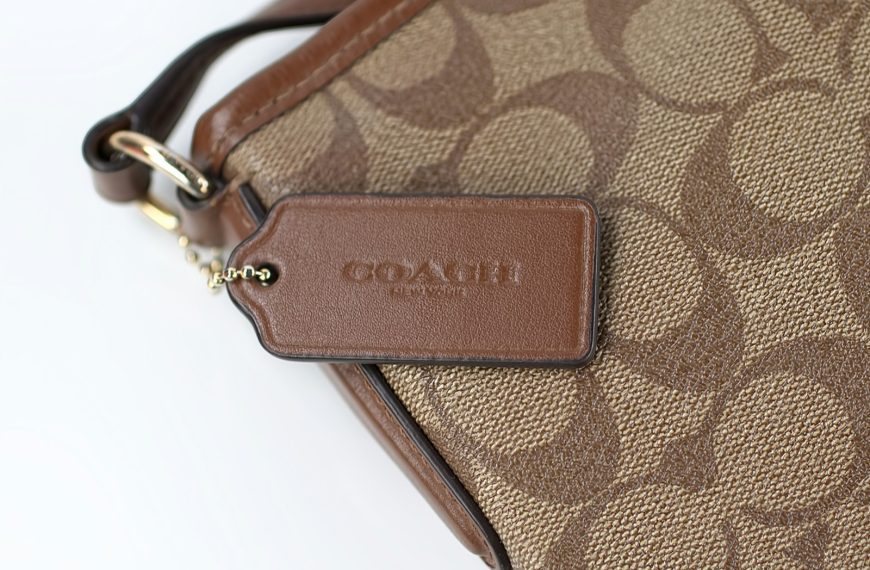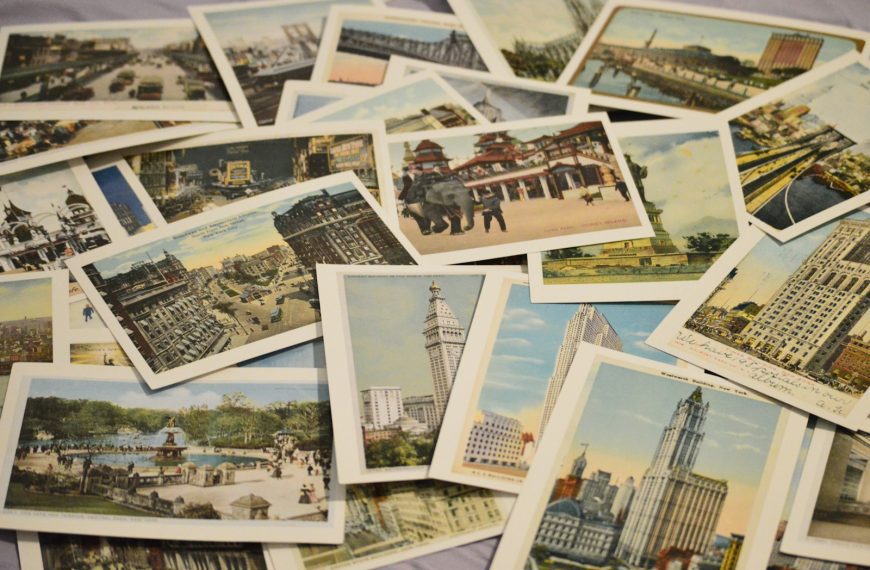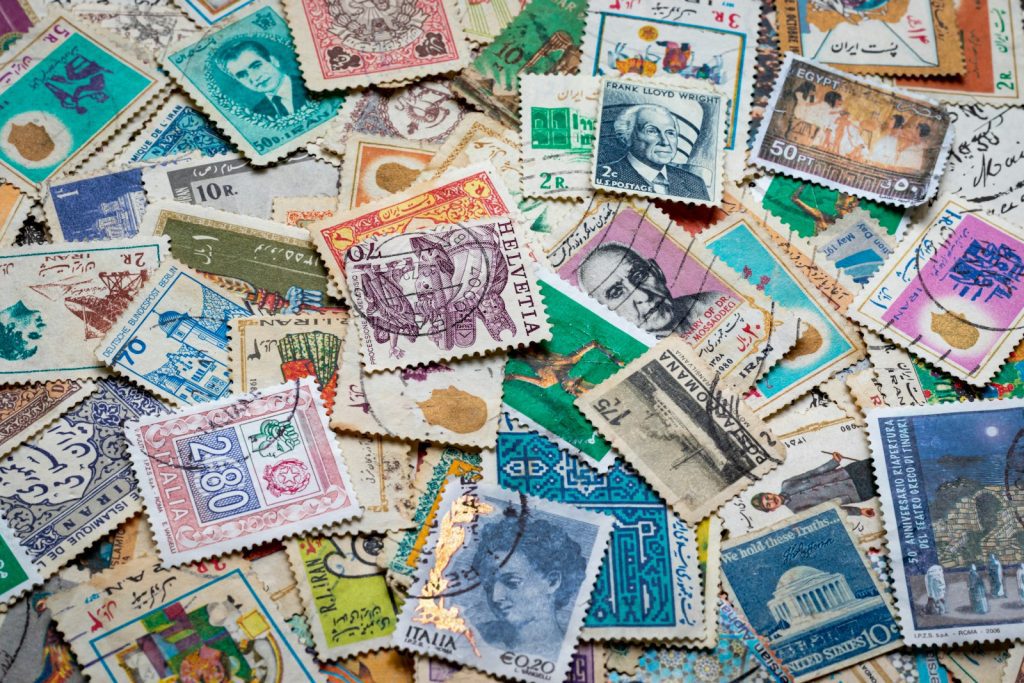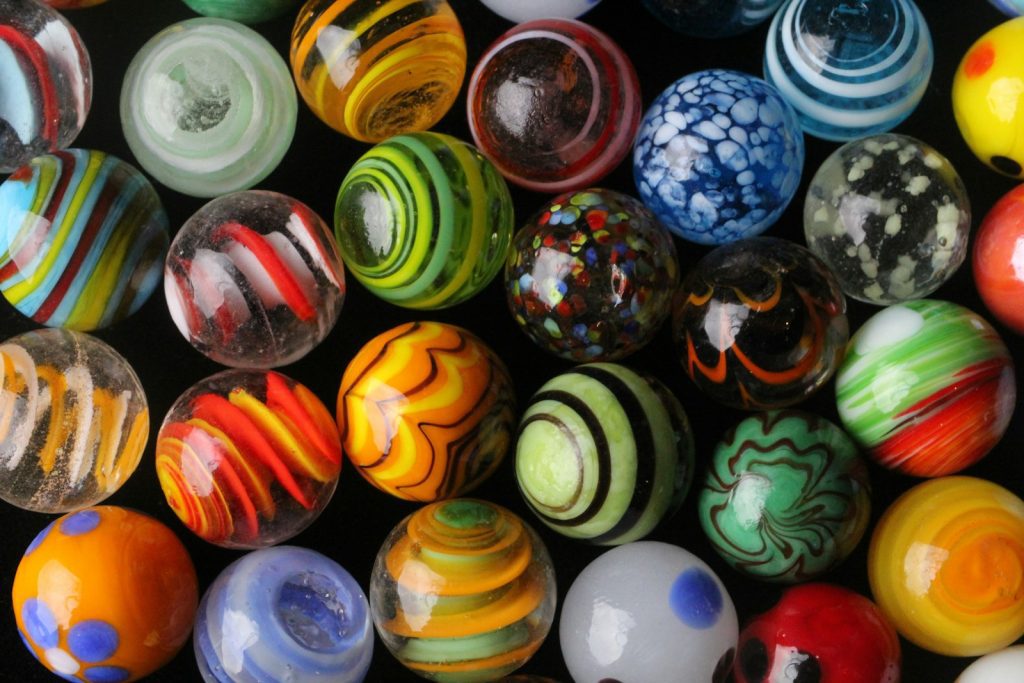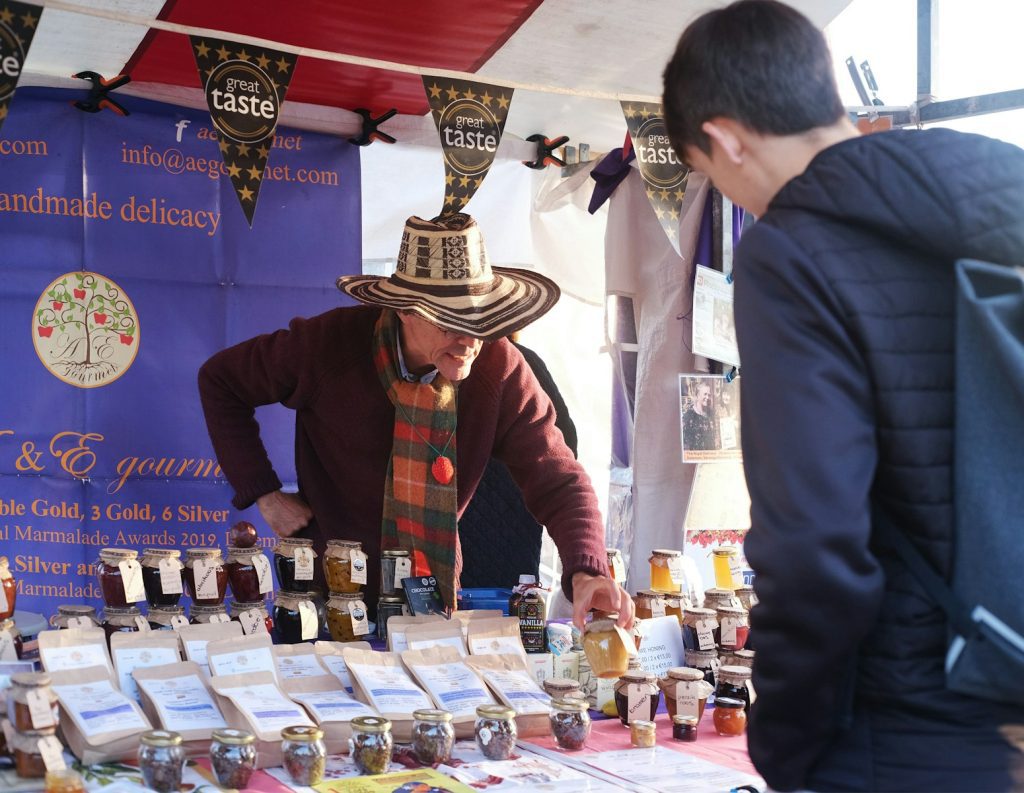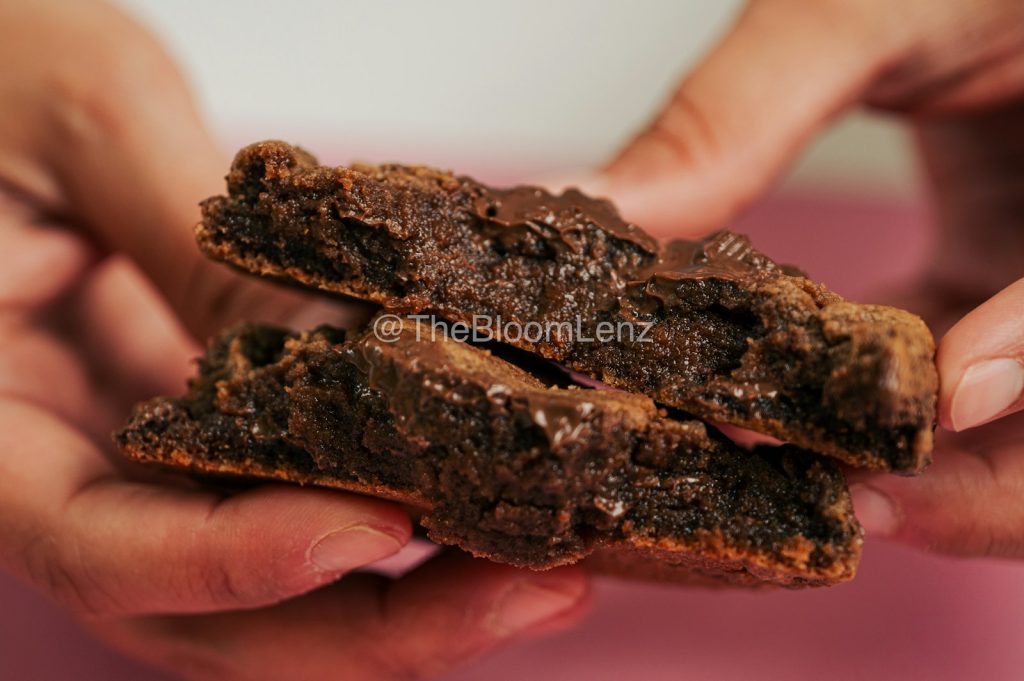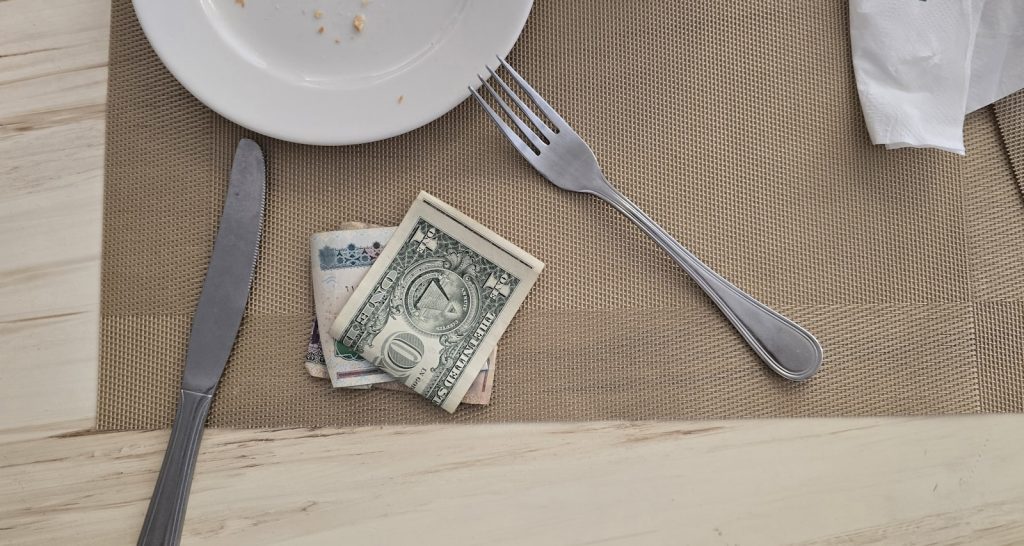If you’re wondering which vintage Pokémon cards hold the highest value in 2025, you’re not alone. From iconic first editions to rare tournament trophies, certain cards have consistently attracted top dollar from collectors around the world. The Pikachu Illustrator card from 1998 leads the pack with an estimated value of over $5 million, making it the most valuable vintage Pokémon card today. Beyond Pikachu Illustrator, cards like the 1st Edition Shadowless Charizard and various trophy cards from the earliest tournaments remain highly sought after. These cards’ rarity, condition, and unique history play big roles in their current market value, which has only grown stronger over the last year.
I’ve noticed many collectors focus on key features like holographic patterns and print runs to spot hidden gems. Whether you’re investing or just curious, knowing which cards are worth the most can guide your collecting choices and possibly lead to some exciting discoveries. For a detailed breakdown of these top vintage cards and why they matter, keep reading.

Most Valuable Vintage Pokémon Cards in 2025
When I look at vintage Pokémon cards that hold the most value, a few iconic cards come to mind instantly. These cards are prized for their rarity, condition, and history. Some bring staggering prices, especially when graded in mint condition, while others carry significance from early tournaments and special events.
Charizard 1st Edition Base Set
The Charizard 1st Edition Base Set card is often seen as the holy grail for many collectors like me. This card stands out because it is one of the earliest holographic cards from 1999, featuring the powerful Fire-type Pokémon with its striking pose.
A PSA 10 graded copy can fetch upwards of $400,000, making it one of the most impressive vintage cards financially. Its “shadowless” print and 1st Edition stamp amplify its value. The card’s popularity among collectors and nostalgic fans keeps demand high.
Due to its iconic status in pop culture and Pokémon history, the Charizard card often sets the standard for measuring other Pokémon card values.
Pikachu Illustrator
The Pikachu Illustrator card is extremely rare and valuable, often topping the list in terms of worth. Only 39 copies exist, and it was awarded in a 1998 Japanese illustration contest, which adds a unique backstory.
In 2025, a PSA 10 graded Pikachu Illustrator can be valued at around $5.3 million. What makes this card so special to me is the pen-and-ink drawing style, which is unique compared to any other card in the Trading Card Game.
Its rarity and the story behind its distribution make it a dream card for collectors who understand its cultural and historical importance.
Blastoise 1st Edition Base Set
Another gem from the original Base Set is the Blastoise 1st Edition. While it doesn’t command quite the prices Charizard does, it still hits a strong six-figure range when in top condition.
It’s a classic holographic card featuring the Water-type starter’s final evolution and is recognized for its clean artwork and limited print run. Collectors who want a piece of the original starter trio often seek Blastoise cards.
The rarity of the 1st Edition stamp combined with high-quality condition keeps this card in strong demand even decades later.
Trophy Cards
Trophy cards hold a special place in vintage Pokémon collecting because they were only given to tournament winners. These cards, like the Trophy Pikachu Gold from 1997 or the Kangaskhan Family Event card, are incredibly scarce.
The Trophy Pikachu Gold card, for example, can be worth around $300,000. These cards are not just valuable for their rarity but also their connection to significant events in Pokémon’s competitive history.
Owning a trophy card means holding a tangible piece of early tournament lore, which is very appealing to me as both a collector and a fan of Pokémon’s competitive scene.
For more details, you can explore the most valuable Pokémon cards in 2025.
Key Factors Driving Vintage Card Value
When looking at vintage Pokémon cards, several key elements shape their value. These include how rare a card is, its condition, and the impact it has had over time. Each of these factors plays a different role in shaping what collectors are willing to pay.
Edition and Print Run
First editions hold a special place in the vintage Pokémon market. The 1st Edition Base Set cards from the Wizards of the Coast (WOTC) era, especially from 1999 to 2000, are the most sought-after. The print run for these was limited compared to unlimited editions, making them far scarcer.
Cards that have unique symbols on the front, like the 1st Edition stamp, automatically catch collectors’ eyes. Some print runs had fewer copies produced, which drastically affects the card’s scarcity. For example, 1st Edition holographic Charizard cards tend to sell for thousands due to their rarity and demand.
Limited print runs and special releases in early booster boxes add extra value too. If your card came from a specific, early batch, it’s almost always worth more.
Condition and Grading
Condition is king when it comes to selling vintage Pokémon cards. Cards in mint or gem-mint condition command the highest prices, especially if graded professionally by PSA, BGS, or CGC.
Grading services give a numeric score, typically from 1 to 10, which reflects the card’s condition. A PSA 10 means pristine condition with perfect centering, no scratches, and sharp edges. Such a rating can boost prices exponentially.
Even small flaws, like edge wear or scratches, reduce value considerably. Cards kept in protective sleeves and handled carefully over the years are rare, given these cards were originally meant to be played with, not preserved. So, a high grade can be the difference between a few hundred and tens of thousands of dollars in value.
Rarity and Popularity
Some Pokémon cards stand out because of how rare they are and how beloved the featured Pokémon has become.
Rarity can be influenced by a card’s type—holographics, shadowless versions, and error cards tend to be scarce. Collectors often seek holo cards first, especially those from the Base, Jungle, Fossil, and Team Rocket sets.
Popularity also plays a huge role. Charizard, Blastoise, and Venusaur cards are wildly popular simply because these Pokémon were the original starters.
Other fan favorites, like Dark Charizard or Shining Charizard from later WOTC sets, fetch big prices due to their strong collector demand and relatively limited availability.
Historical Significance
Beyond rarity or condition, historical importance adds weight to a card’s value. Cards from the initial Pokémon TCG releases represent a cultural moment.
The 1st Edition Base Set Charizard, for example, is often compared to iconic sports rookie cards — it’s recognized outside of the hobby. Cards that introduced new mechanics or special types (like the “Dark” Pokémon in Team Rocket or “Shining” Pokémon in Neo Destiny) have added collectible value because they tell part of the game’s evolving story.
Sealed booster boxes or promotional items tied to early events add an extra layer of historical appeal and scarcity. Owning these means holding a piece of Pokémon history, which collectors prize highly when making purchases.
For a deep dive on the 1st Edition Charizard and other key vintage highlights, you might want to check this guide on the vintage Pokémon cards market in 2025.
Emerging Trends in Pokémon Card Collecting
The market in 2025 is marked by distinct shifts in pricing, demand, and collector behavior. Prices for key vintage cards are climbing significantly, fueled by scarcity and nostalgia. Meanwhile, auction results offer clear signals about which cards hold serious value and which ones are seeing renewed interest.
Recent Auction Highlights
I’ve noticed some standout sales recently that highlight where vintage interest is strongest. For example, a PSA 10 Skyridge Charizard sold for over $27,000, bouncing back sharply from its 2023 lows. Similarly, the 1st Edition Neo Genesis Typhlosion, with fewer than a dozen PSA 10 copies known, fetched premium prices well above expectations.
These auctions reveal a growing appetite for truly rare vintage cards, especially those with authentic scarcity. Cards from the late 1990s and early 2000s continue to command serious bids, reflecting a collector base that values condition and authenticity highly.
Notable Investment Surges
Some vintage cards have seen investment returns that far outpace modern sets. The limited PSA 10 populations of these cards translate directly into increased prices. For instance, certain 1st Edition Base Set and Neo Genesis cards have surged because they can’t be mass-produced or graded en masse anymore.
What’s interesting is how cards once considered niche are now investment stars. The sustained demand for these rarities contrasts with the volatile, often oversupplied modern market where high PSA populations cause rapid price declines.
Collectors’ Shifts and Preferences
Collectors today are moving away from modern chase cards due to overprinting and glut. I’ve observed many shifting focus to vintage because it offers true scarcity and an element of childhood nostalgia. The emotional connection to older card artwork and the thrill of finding pieces of Pokémon history plays a significant role.
Additionally, collectors are placing more trust in PSA population reports to guide their purchases. Instead of chasing every new release, the community favors vintage cards with documented rarity, making those cards less vulnerable to hype-driven price drops.
How to Authenticate and Protect Your Vintage Cards
Keeping vintage Pokémon cards authentic and in excellent condition is key to preserving their value. I focus on careful inspection to spot fakes, choosing trusted grading companies, and using storage methods that prevent damage. These steps help me protect my collection for the long run.
Spotting Counterfeits
The first thing I do when checking a vintage card is examine the card stock. Genuine cards have a consistent thickness and a faint light blue layer visible when held up to light. Fonts should be sharp and all text spelled correctly—blurry text or weird names often mean a fake.
I also compare the set symbol, card number, and rarity marks with trusted databases. Colors are another giveaway; faded or off-tone prints usually indicate counterfeit cards. For holographic cards, the foil should be smooth and reflective—not patchy or glittery.
Lastly, if I’m unsure, I look for multiple small inconsistencies like missing the black core layer, which is typical in authentic vintage cards. You can find detailed authentication tips in this Pokémon Card Authentication Guide.
Recommended Grading Services
When it comes to grading, I rely on established names like PSA, Beckett, and CGC. These services evaluate card condition based on centering, edges, surface, and corners, then give a numeric grade. A high grade can significantly increase a card’s value.
Before sending cards for grading, I carefully review each for any damage because grading is strict. Minor creases or scratches often lower the grade and price. If a card is rare and in great shape, grading helps prove its authenticity and condition to buyers.
Most grading services also encase cards in tamper-proof holders with labels. This adds protection and makes it easier to display or sell. Trusted graders are explained well in this guide on how to identify, grade, and profit from rare Pokémon cards.
Best Storage Practices
Protecting cards from environment damage is crucial. I use penny sleeves to prevent scratches, followed by semi-rigid toploaders or soft binders with magnetic holders for valuable cards. For graded cards, I keep them in their sealed cases inside dedicated storage boxes.
Avoiding sunlight exposure is important because UV rays cause colors to fade. I store cards in cool, dry places with low humidity to prevent warping and mold growth.
For ultra-rare or vintage cards, I sometimes use UV-protected acrylic cases. These block harmful light and physical damage while keeping the card visible.
If you want to learn more, the Ultimate Protection Guide for Pokémon Cards covers essential supplies and methods in detail.


